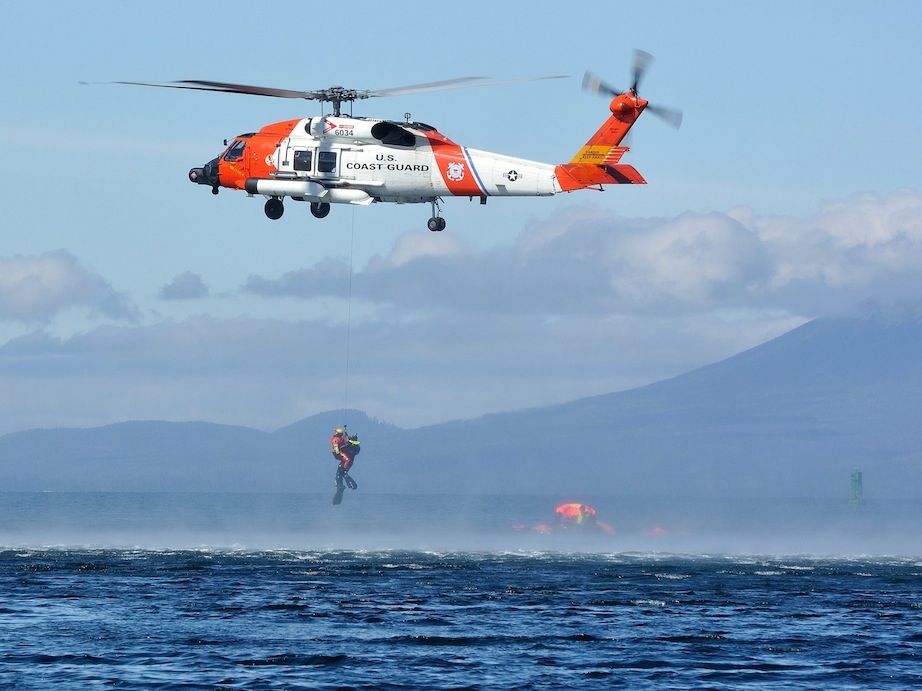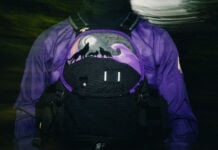In just three decades, handheld satellite emergency technology has moved from the realm of science fiction to essential gear. Having a communication device on hand has helped countless adventurers out of sticky situations, but their increased presence in the backcountry has also led to misuse.
“People get in over their heads and want a helicopter ride out,” says Matt Schaffer, head of search and rescue for the state of Califor- nia. “Often it’s not intentional misuse, it’s ignorant misuse. Someone perceives there is an emergency and activates his beacon.”
California leads the nation in activations. Currently, however, about 40 percent of the state’s activations are accidental or not emergencies. Fortunately, Schaffer has seen the number of nonemergency activations decline over the past two years. In 2013, nonemergency activations hovered just under the 10 percent mark, an improvement over 2012’s 16 percent. In both 2012 and 2013, approximately 30 percent of Californian activations were accidental.
“Anytime we launch a ground team or a helicopter, there is risk to our rescuers— someone needs to be in danger,” says Schaffer, adding that needless rescue operations cost the state big dollars.
In a recent example, a solo hiker came
across a smoldering stump at a high elevation, the result of a lightning strike. The hiker pushed his activation button 18 times while helicopter and ground parties were dispatched, says Schaffer.
Few tales can outdo a now-infamous 2009 example from the Grand Canyon, in which a hiking party requested emergency assistance in three separate incidents over a two-day period. The first time was because they were unable to locate a water source, the second time because the water source they had located tasted salty. Upon reaching the group for a third time, a search and rescue team removed them from the field.
Jim McAllister, a 25-year veteran of Brit- ish Columbia’s Search and Rescue Association, says this sort of misuse is rare.

“Anecdotally, despite some major concerns over new alerting technology, there has not been an increase in the number of inappropriate alerts, like ‘party ran out of beer,’” he says.
Jim Mandala, vice president of Globalstar Canada, of which satellite messenger SPOT is a subsidiary, agrees.
“I’ve only heard of a few examples of that kind of inappropriate use,” says Mandala. “Unfortunately, people call 911 for ridiculous reasons too. It’s impossible to completely police that.” Activation of SPOT’s SOS mode requires a series of steps, designed to eliminate accidental activations, he adds.
Both Mandala and Schaffer agree that the lifesaving benefits of emergency satellite communicators outweigh the risks of misuse. “And, in time, technology advances will take care of that non-emergency activations,” Schaffer says.
Two-way communicators are becoming more popular and allow rescuers to assess the situation before venturing into the field.
Devices that can only send a distress beacon are quickly becoming old tech as satellite phones become more accessible than ever with simple iPhone hardware add-ons. GPS devices with two-way texting have already allowed some emergencies to be solved in the field, says Schaffer, since would-be rescuers can locate a lost camper and then direct them, via texting, to the nearest trail or road.
Ultimately, the best way to avoid misuse is by promoting prevention, says Schaffer. “The bottom line is, if you would not undertake an activity without that device, you shouldn’t be doing that activity,” he says. “Panic buttons are for the unforeseeable accident—they’re not a safety net for the un-prepared.”
Rory Gilfillan is a former instructor with NOLS and Outward Bound. A college professor by day, he’s also the father of two busy toddlers—he only considers requesting emergency assistance occasionally.
YOU KNOW YOUR TRIP HAS GONE SOUTH WHEN…| PHOTO: COURTESY CAPTAIN TREVOR REID, CANADIAN ARMED FORCES








